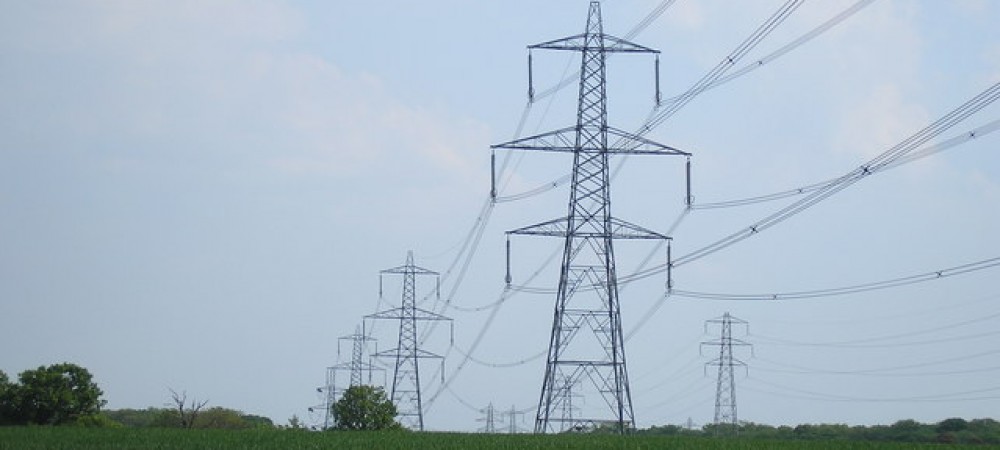A typical service station can store 20,000 gallons of liquid transportation fuel. This fuel source would become critically important during an extended emergency (an extended emergency is one which is both widespread and prolonged).
During an extended emergency, failure of the electrical grid would make it hard to pump out this fuel. Civil disorder would make it dangerous to travel and use fuel in any case. Lack of food would quickly reduce the population. For these three reasons, this resource is likely to remain relatively untapped and intact during the emergency. This means it will be available for farming, transportation, and small-scale power generation to those who survive the initial dieback.
One challenge often mentioned with regard to liquid fuels is degradation over time. Gasoline these days contains alcohol, which absorbs water from the air. Air in tanks also allows slow oxidation of the fuel. The products of oxidation and biological activity (due to water) can plug up engines. Yet these problems are not intractable. These fuels have survived as part of petroleum for millions of years, simply by being kept sealed away from air. Diesel fuel and gasoline sealed in drums should last a long time. Oxidation products can largely be filtered out, or even removed by distillation if necessary.
What is needed to tap this resource is a simple automotive fuel pump connected to a hose which can be dropped down into service station tanks. It can be powered by a car battery or small generator, or simply the power system of the vehicle that will be transporting the fuel. A fuel filter can be included to ensure the fuel drawn out is clean.
The best plan would be to store your own fuel to meet your needs during the first few months of an extended emergency, and tap service station tanks later on when it is safer to go out. You are unlikely to need much fuel during this initial period, since running generators, cars, and farm equipment might draw unwelcome attention.
